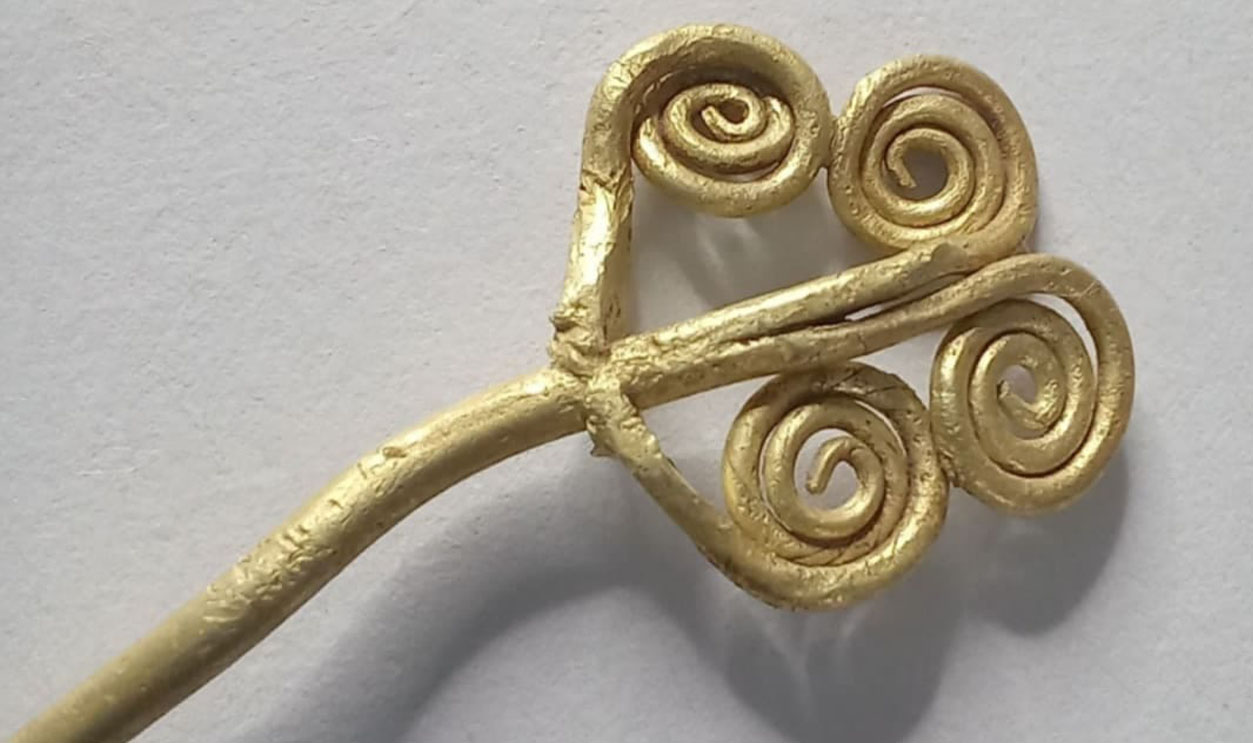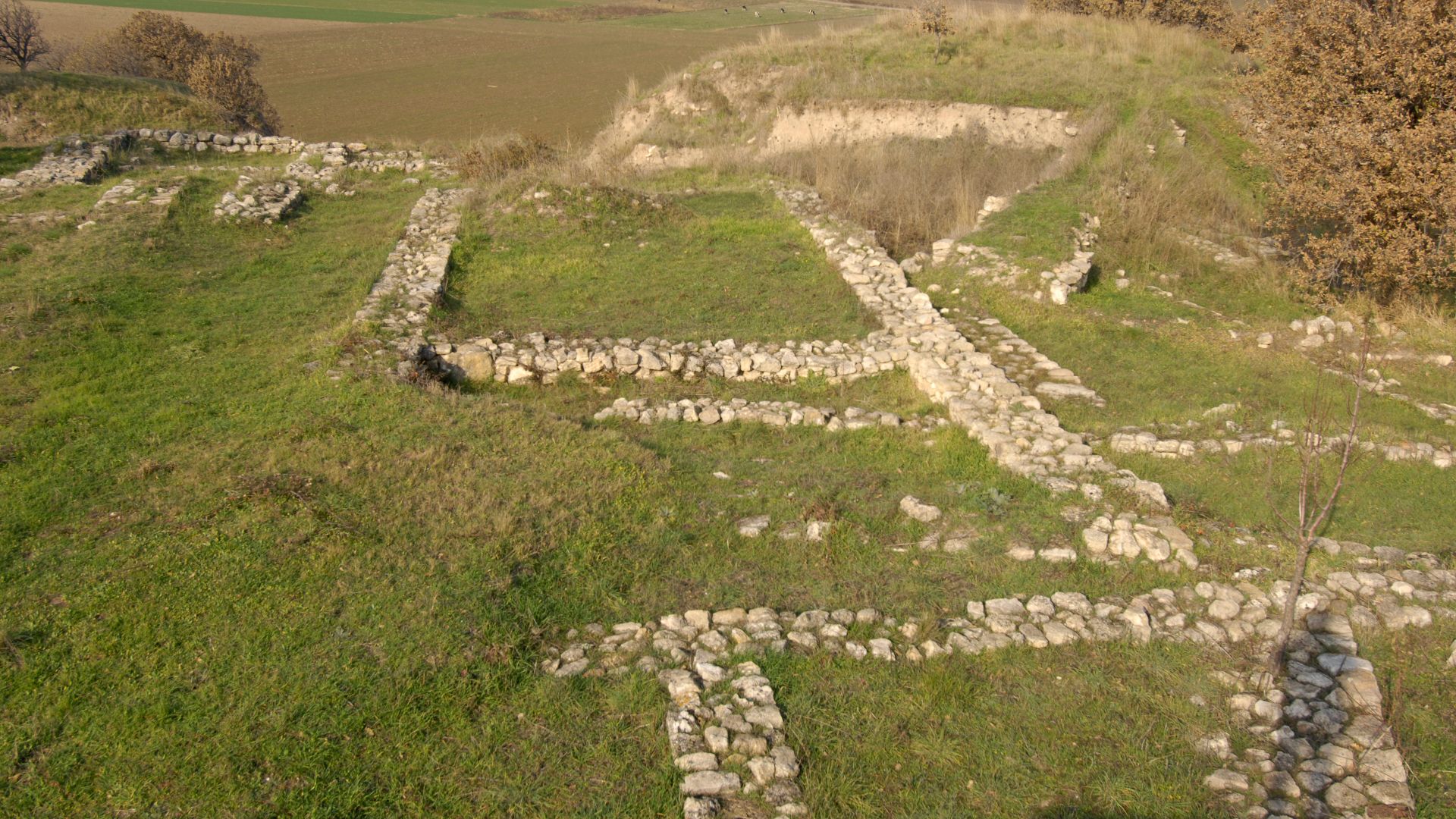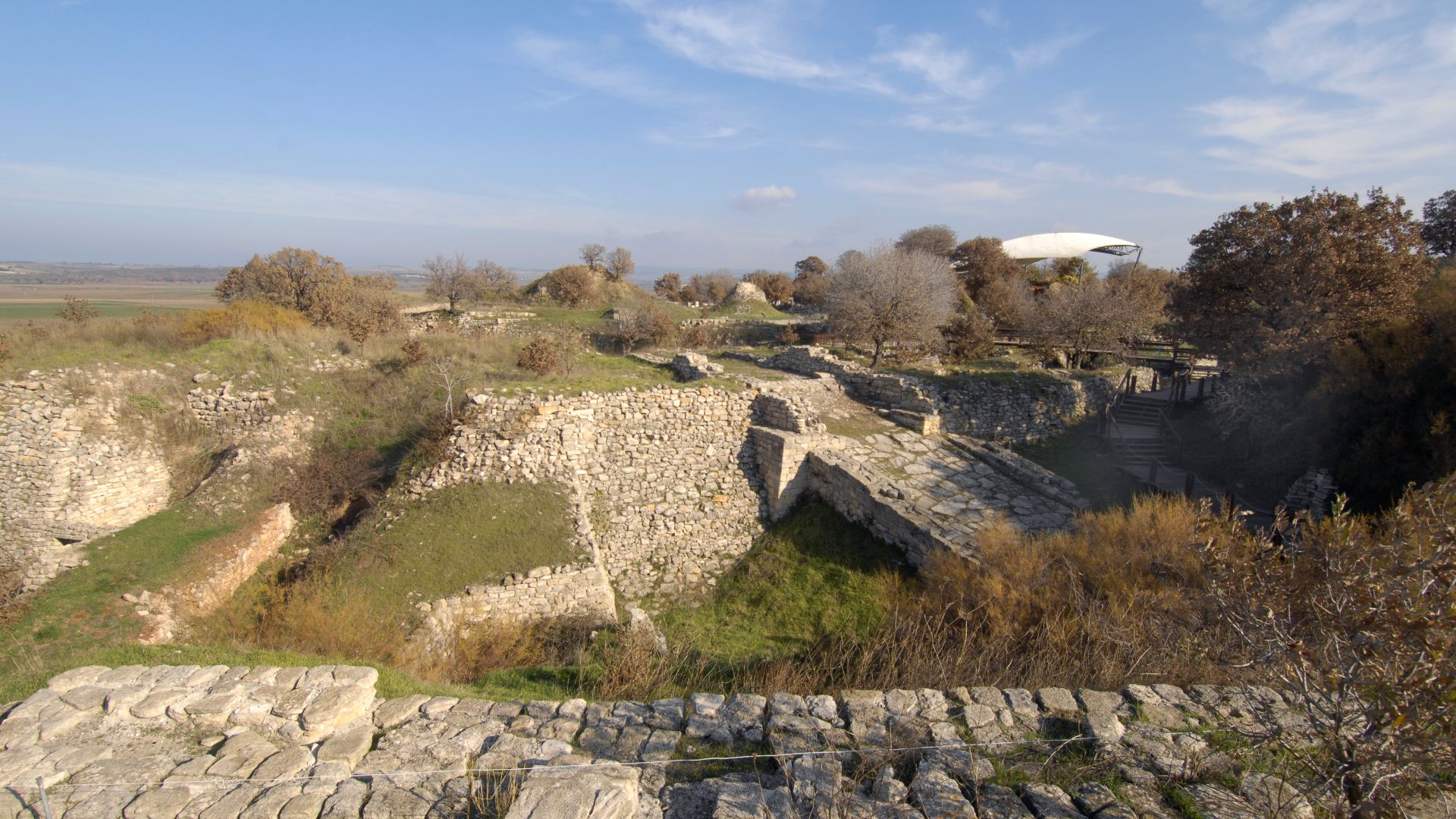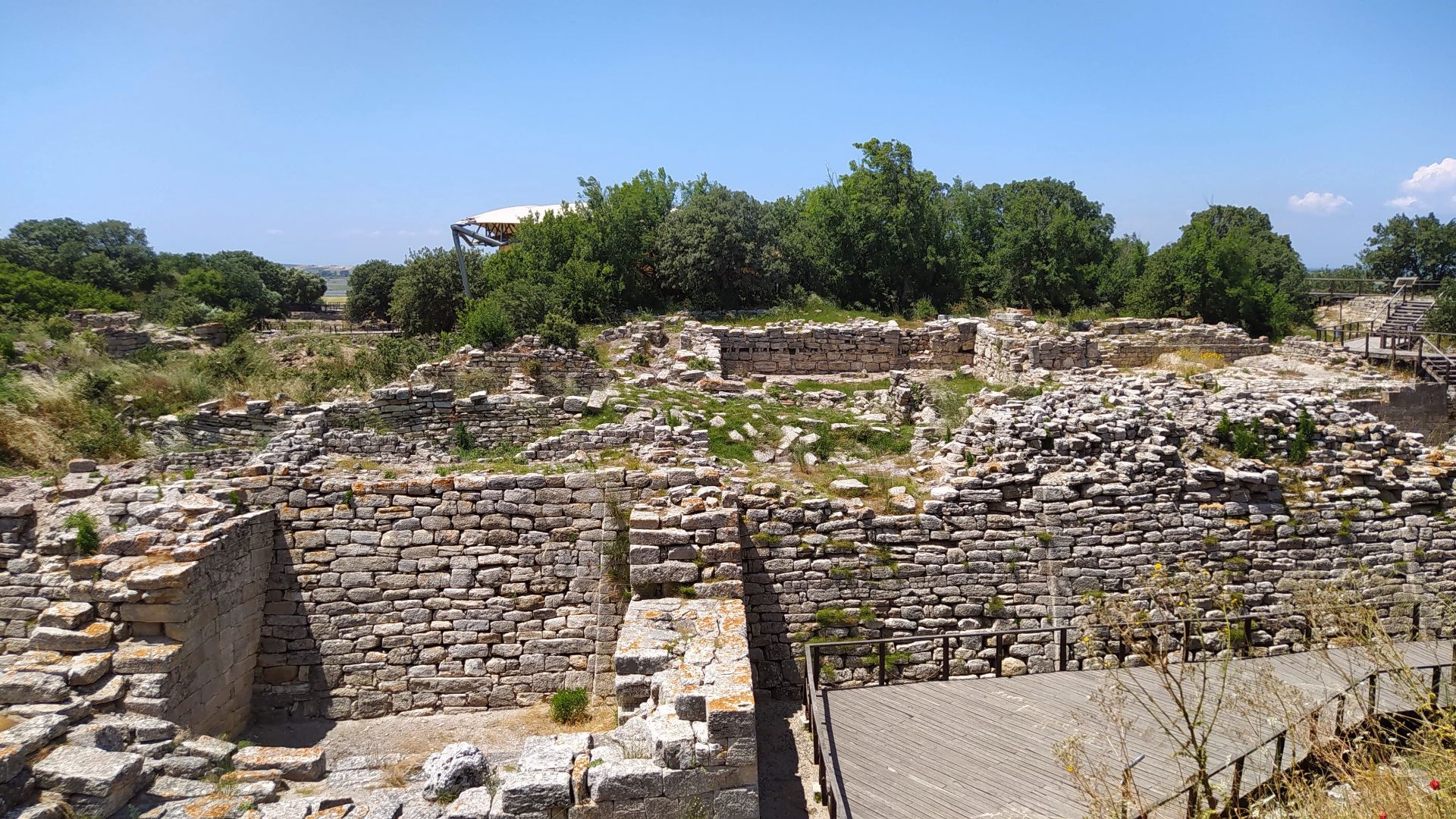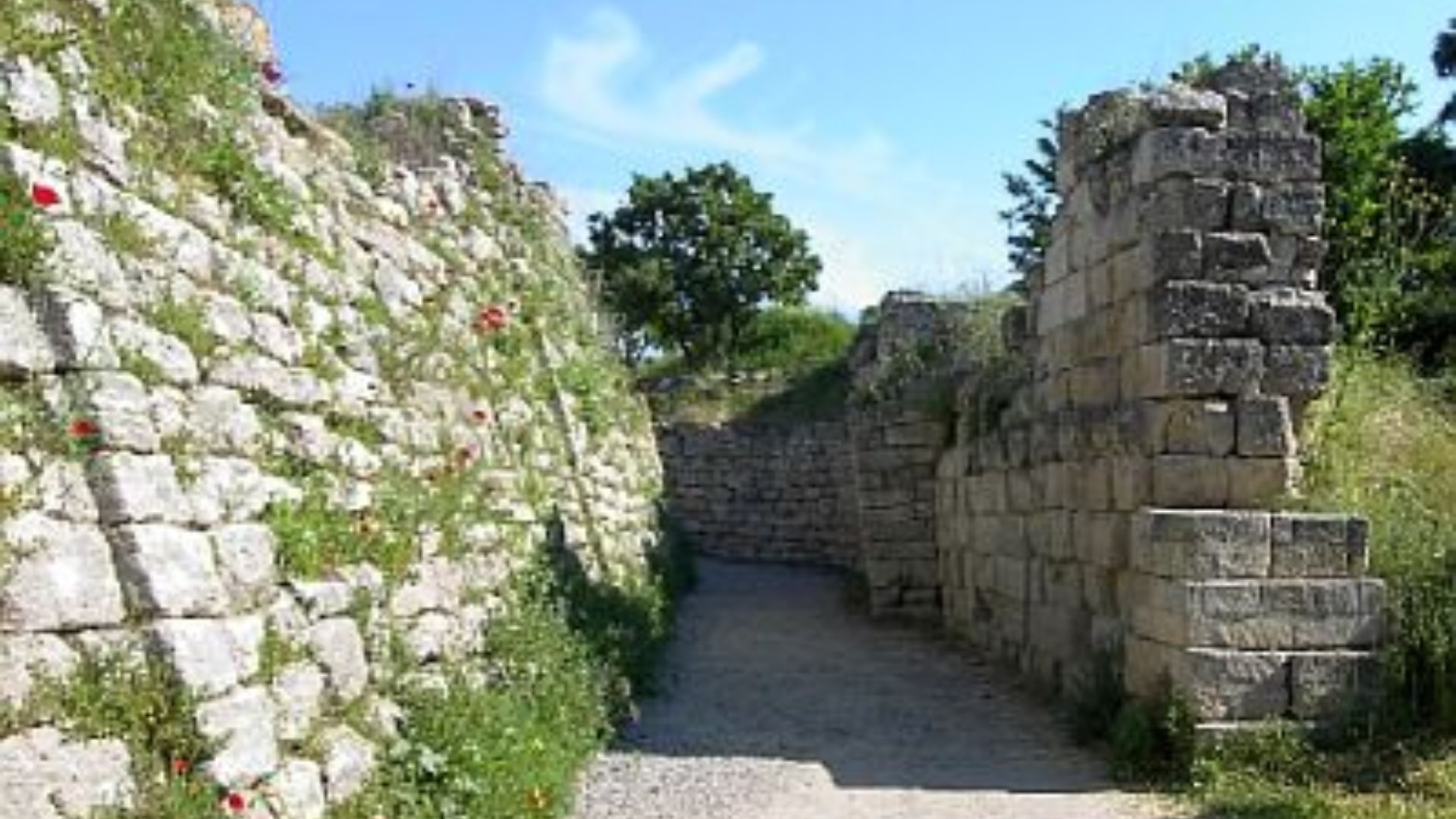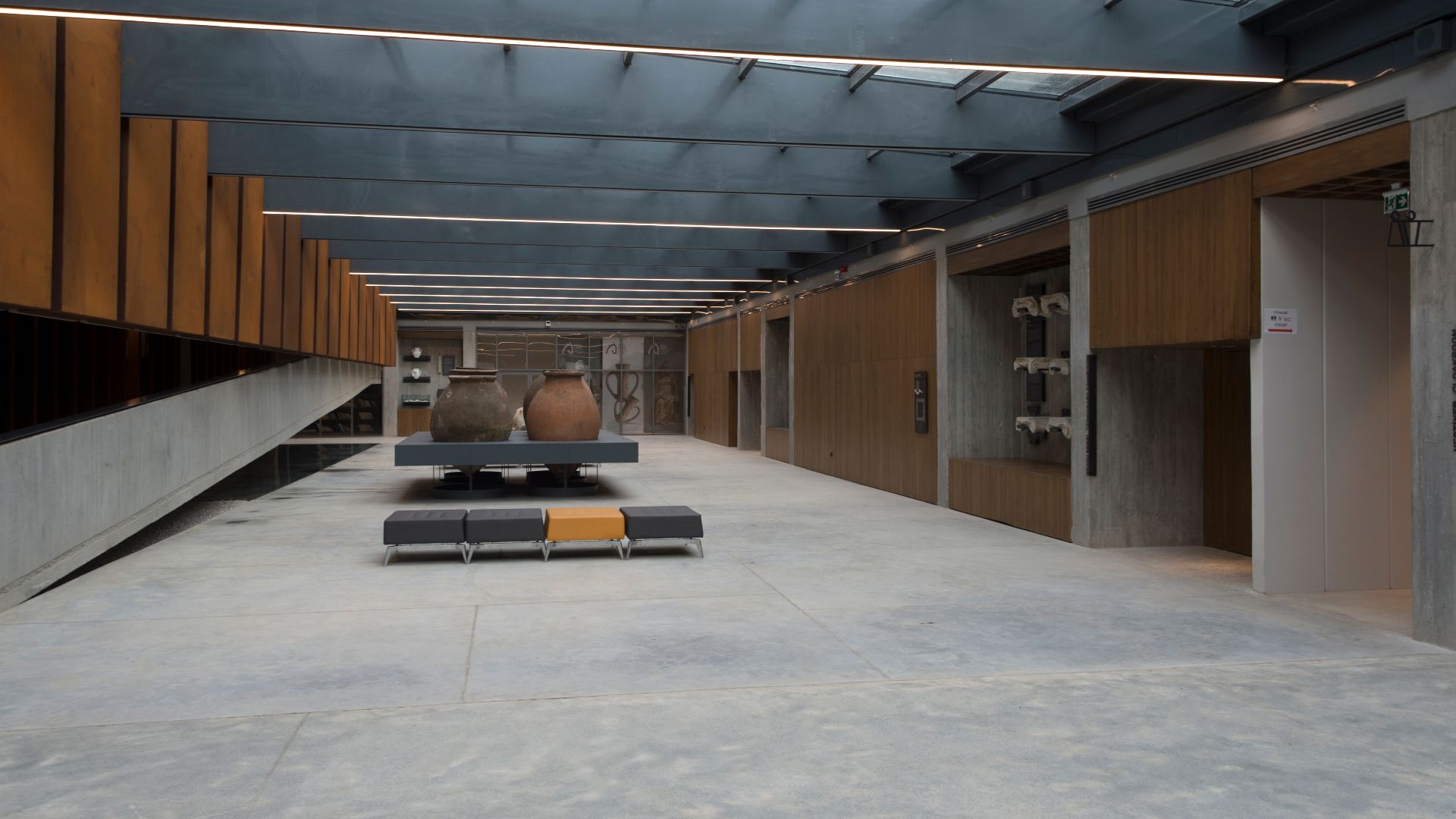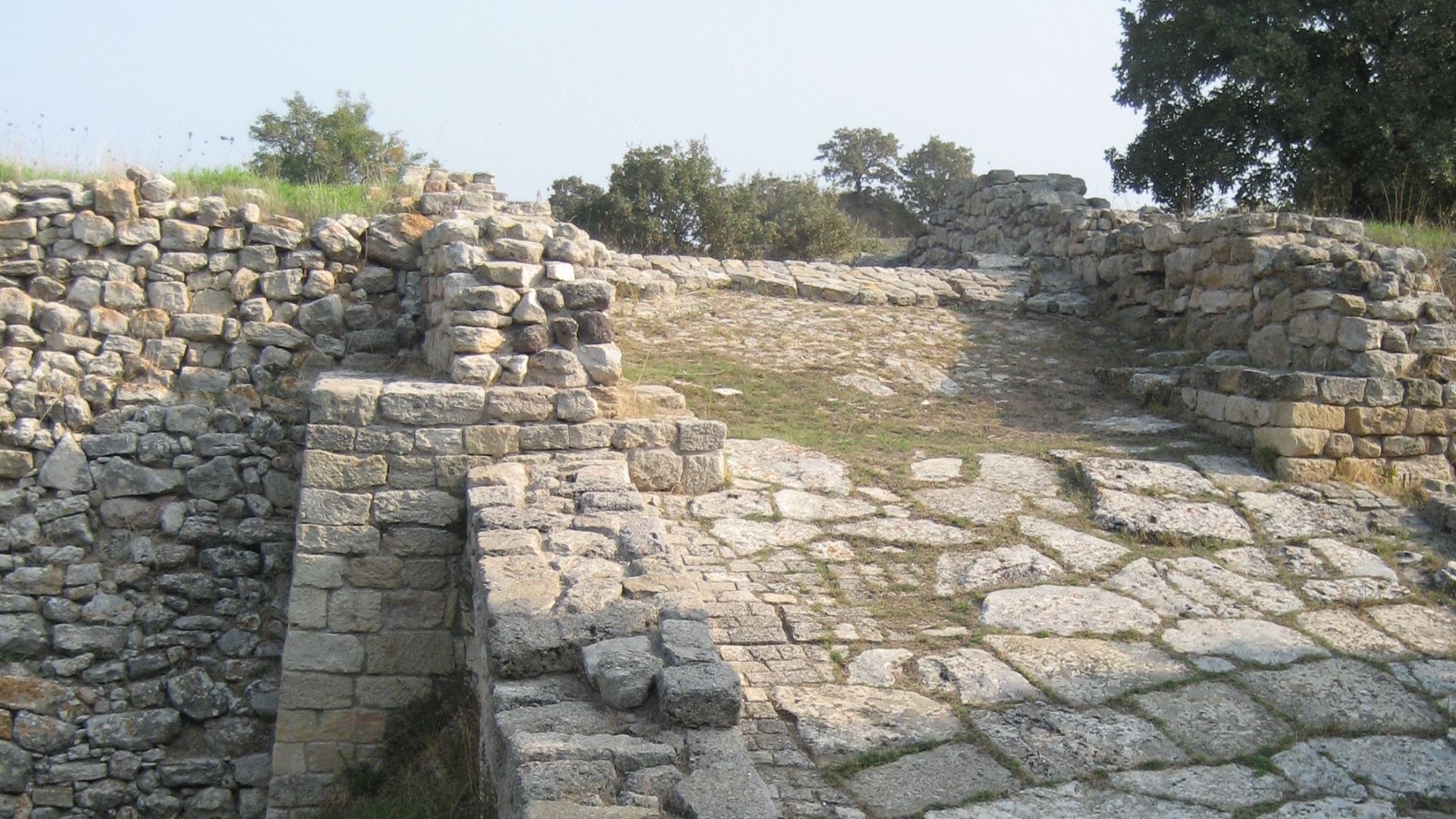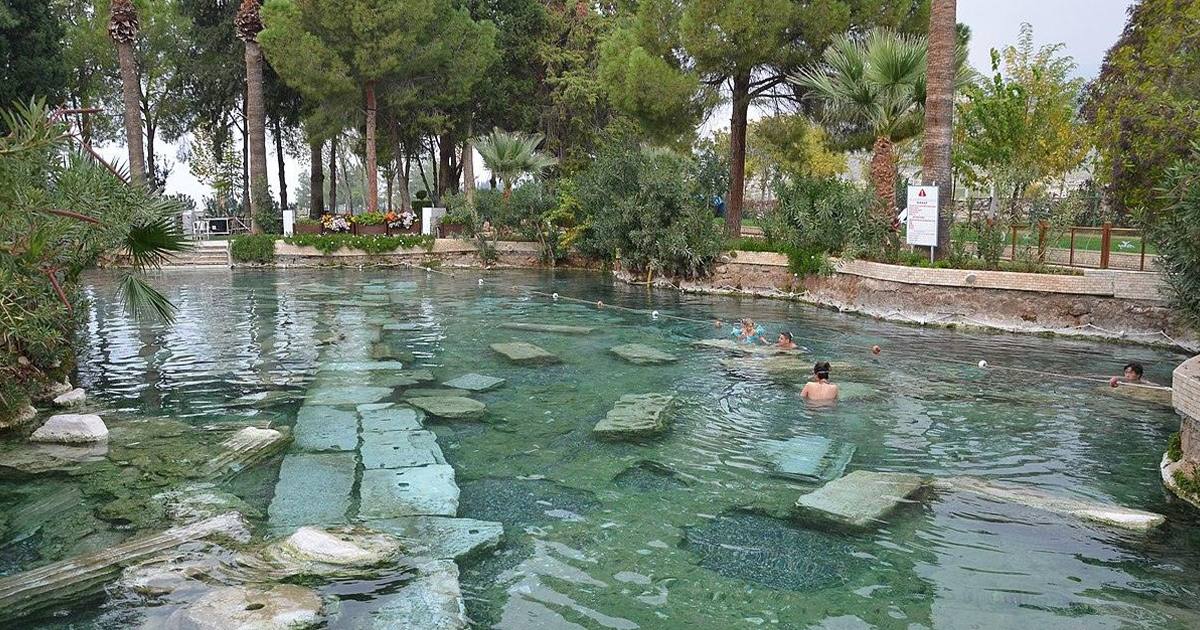Unveiling Troy’s Oldest Treasure
Imagine a gold pin, shimmering under a flickering archaeological lamp, emerging from the dusty remains of a site legendary for Homeric epics, except here we are 1,300 years before the Trojan War, in a deep layer of the city. It’s not just an ornament: it’s a statement of status, craft, trade, and connection. That’s what the newly uncovered brooch from Troy offers: a window into a world of Bronze Age luxury and craftsmanship we thought we already understood, but apparently didn’t.
The Moment Of Discovery
During excavations at Troy’s site in north-western Türkiye, archaeologists unearthed a striking gold brooch dating to roughly 2,500 BCE (about 4,500 years ago). The piece was found in the layers of the site known as Troy II, long regarded as an Early Bronze Age settlement phase whose exact dating has been debated.
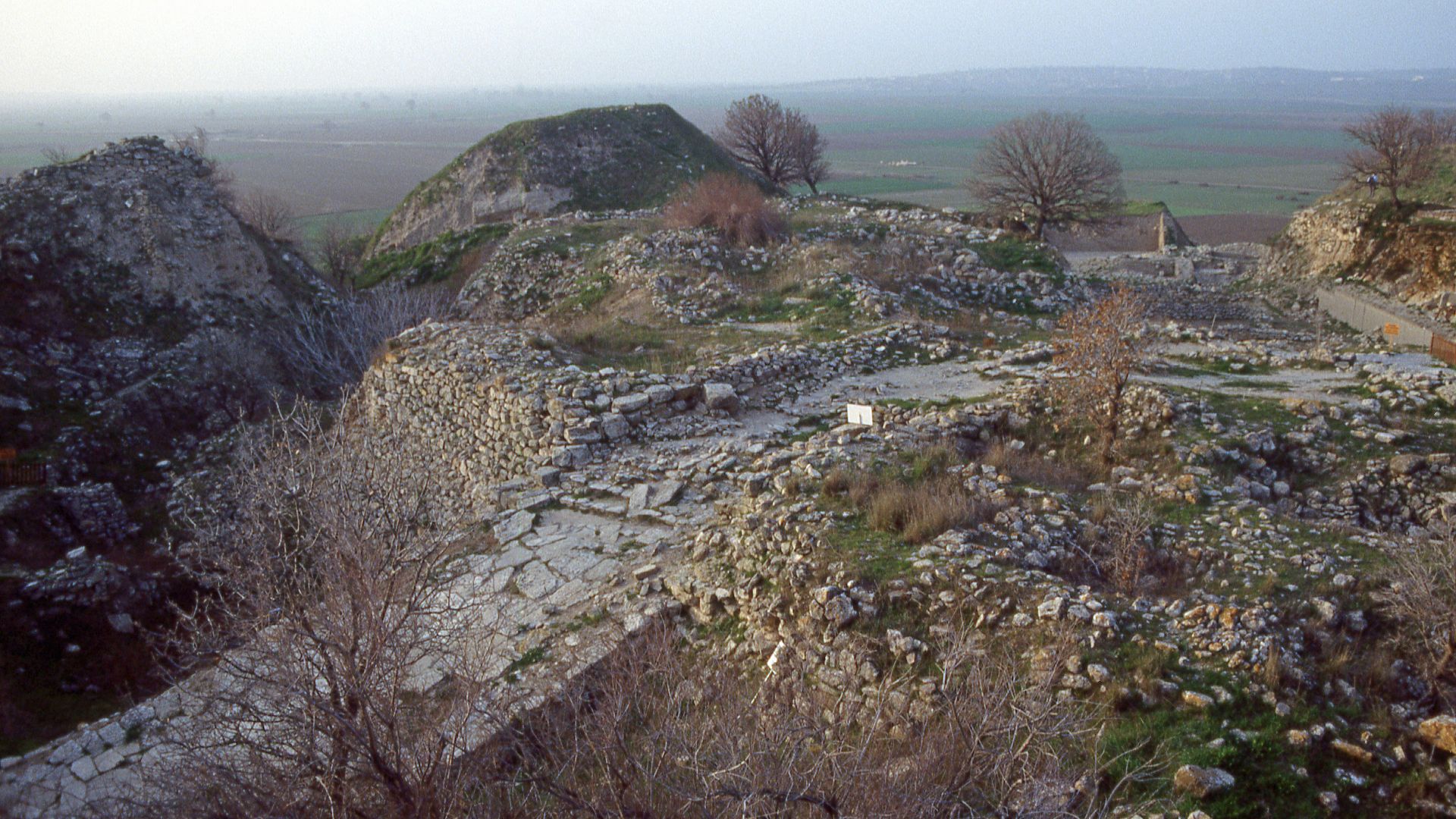 Mark Landon, Wikimedia Commons
Mark Landon, Wikimedia Commons
What The Brooch Looks Like
It’s described as a ring-shaped brooch (sometimes called a ring-fibula or brooch) made of gold, with a long tapered pin and a decorative ring of four spiral coils at the top. The craftsmanship is superb: the spirals are tightly formed, the pin still intact, and the gold retention suggests minimal corrosion relative to many Bronze Age pieces.
One Of Only Three Known Worldwide
Here’s the kicker: archaeologists say this type of brooch is one of only three known worldwide. And among those, the one from Troy is reportedly the best preserved. The typological studies note that this ring-fibula style occurs in extremely few contexts globally, which suggests that bronze-age goldsmiths produced them only in a narrow window or for an exclusive clientele.
The Site: Troy’s Long History
The ancient city of Troy is famed from the Homeric tales, but archaeologically the site is complex. The mound at Hisarlik in Çanakkale province has multiple settlement layers—Troy I through Troy IX and beyond—spanning from the early Bronze Age to the Roman period. The Troy II level (where this brooch was found) is one of the earlier major phases and now seems to date around 2,500 BCE based on the find.
Revising The Timeline Of Troy II
Until now archaeologists placed the start of the Troy II settlement at around 2300-2200 BCE. The discovery of this brooch, along with associated finds in the same layer, suggests the settlement may in fact date earlier—closer to 2500 BCE. That means Troy’s urban or craft activity starts earlier and that its connections deepen in the Bronze Age.
The Brooch’s Functional And Symbolic Roles
Brooches in the Bronze Age often served to fasten garments. But this particular piece (because of its gold material, high quality, and decorative spirals) was almost certainly also a status symbol. The spirals and fine gold suggest it was worn not just functionally but as a display of craft, wealth and prestige.
Craftsmanship And Technique
The goldwork tells us that the craftsmen at Troy (or associated workshops) had mastered fine metalworking: precision spirals, slender pins, gold casting or forming, and finishing. That level of detail in a brooch this old suggests an advanced workshop tradition, which has been underestimated until now in the region.
The Brooch Within Its Archaeological Context
Alongside the gold brooch, excavators found a rare jade stone and a bronze pin in the same stratigraphic layer. The jade stone is especially interesting: since jade is not native to the Aegean/Anatolian region, its presence indicates long-distance trade or exchange networks existing 4,500 years ago.
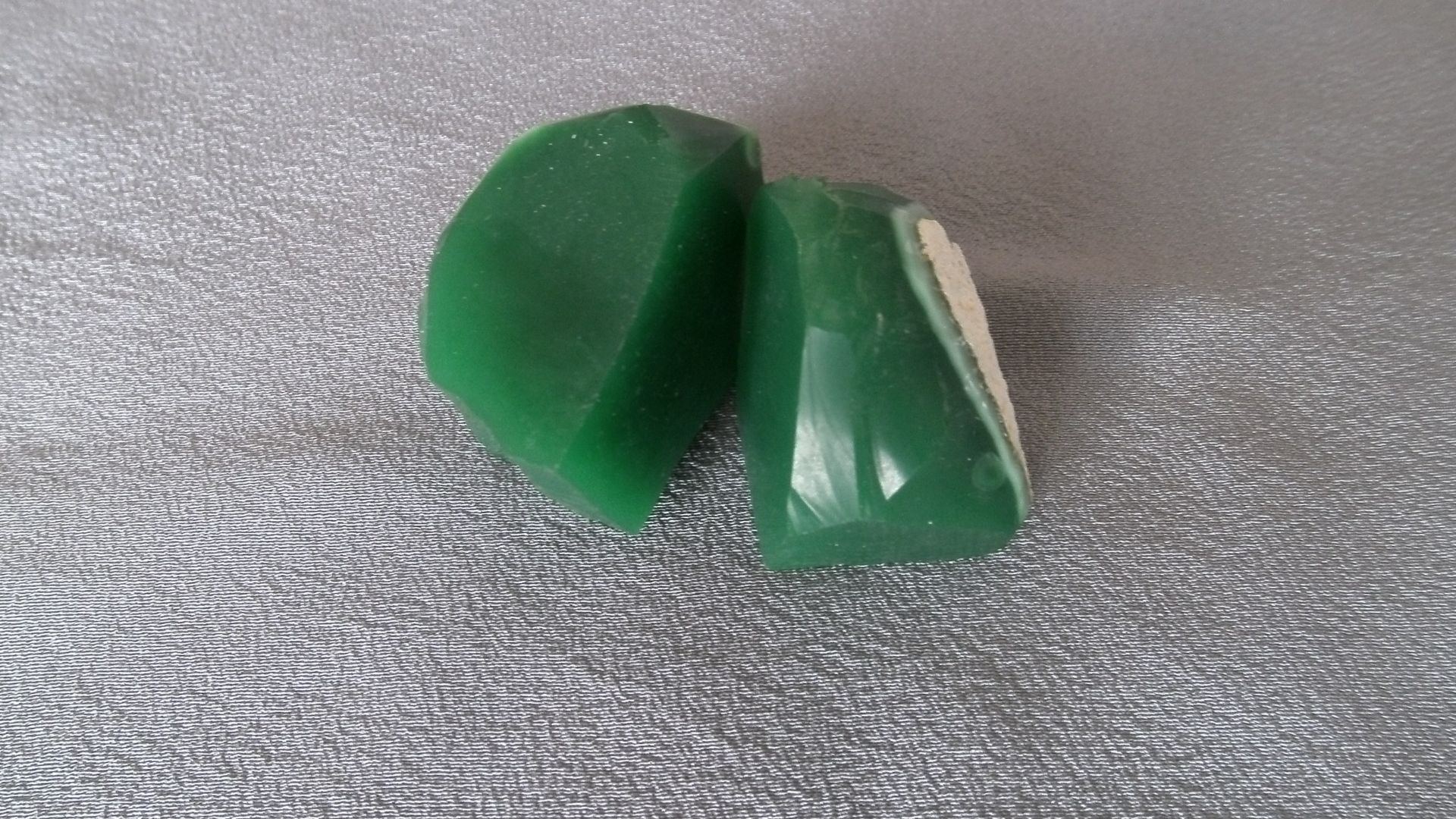 Mmmmkobayashi, Wikimedia Commons
Mmmmkobayashi, Wikimedia Commons
Correspondences: Craft, Trade And Status
When you connect the gold brooch, jade stone, bronze pin, and Troy’s earlier date, a pattern emerges: this is not a “small village doing craft” scene. This is an emerging elite community with artisanal sophistication, luxury material access, and trade links reaching far beyond local pottery or simple bronze tools.
The Brooch’s Owner: Guesswork And Hypotheses
Who wore this piece? We never know their name. But we can guess: the owner was likely someone in high status—maybe a female or male elite, possibly a craft patron or a local leader. The gold nature of the brooch and the fact it’s such a rare type means it was made for someone at the top tier of society. Maybe the brooch was part of a corbelled dwelling’s grave assemblage or an elite dwelling’s dedication.
Why The brooch Is Changing What We Know
Because the brooch is so rare (one of only three), so early (2,500 BCE), and so finely crafted, it forces us to rethink what we believed about Bronze Age jewellery in Anatolia. Previously, gold brooches of this sophistication were thought to come later or from other regions. Now Troy shows itself to be a centre of early luxury metalwork, pushing back timelines and expanding geography of craft innovation.
The Global Scarcity Of The Type
The fact that there are only three known examples worldwide suggests that this ring-brooch type was extremely limited in distribution—perhaps produced by a very exclusive workshop or exchanged among elite networks. Its rarity emphasises that the Troy example is not just another find—it’s a “benchmark” piece.
What The Other Two Examples Might Tell Us (And The Gaps)
Because the press hasn’t fully detailed the other two brooches, one of the research tasks will be to compare the Troy brooch to them—differences in gold purity, stylistic details, spiral counts, length of pin, wear patterns, repair marks. Such comparative work could illuminate whether the three brooches come from the same workshop tradition or disperse across different regions.
The Significance Of The Jade Stone And Bronze Pin
While the brooch grabs headlines, the jade stone and bronze pin matter too. The jade suggests Troy was part of far-flung exchange networks—possibly reaching Central Asia or China—already by the early Bronze Age. The bronze pin underscores metalwork refinement beyond the gold piece itself. Together, they hint at a jewellery economy at Troy that is more integrated and advanced than previously assumed.
 Brian Harrington Spier, Wikimedia Commons
Brian Harrington Spier, Wikimedia Commons
Craft Economy At Troy: Broader Implications
If one elite brooch of gold exists, how many lower-tier jewellery items might have been produced locally—bronze brooches, pins, bronze-with-gold-inlay? The find opens questions: Was there a local workshop tradition? Were luxury goods imported or locally made? How did the local elites display status? Did their jewellery mirror Northern Levant or Mesopotamian fashions, or develop a distinct Aegean-Anatolian style?
Connecting Craft To Social Hierarchy
In early Bronze Age societies, wealth is often measured in imported materials, exotic goods, and specialised craft. A gold brooch of this rarity signals that an elite class existed in Troy far earlier than often appreciated. It suggests that by 2500 BCE Troy had social stratification, wealthy households, and artisans producing high-end goods for them.
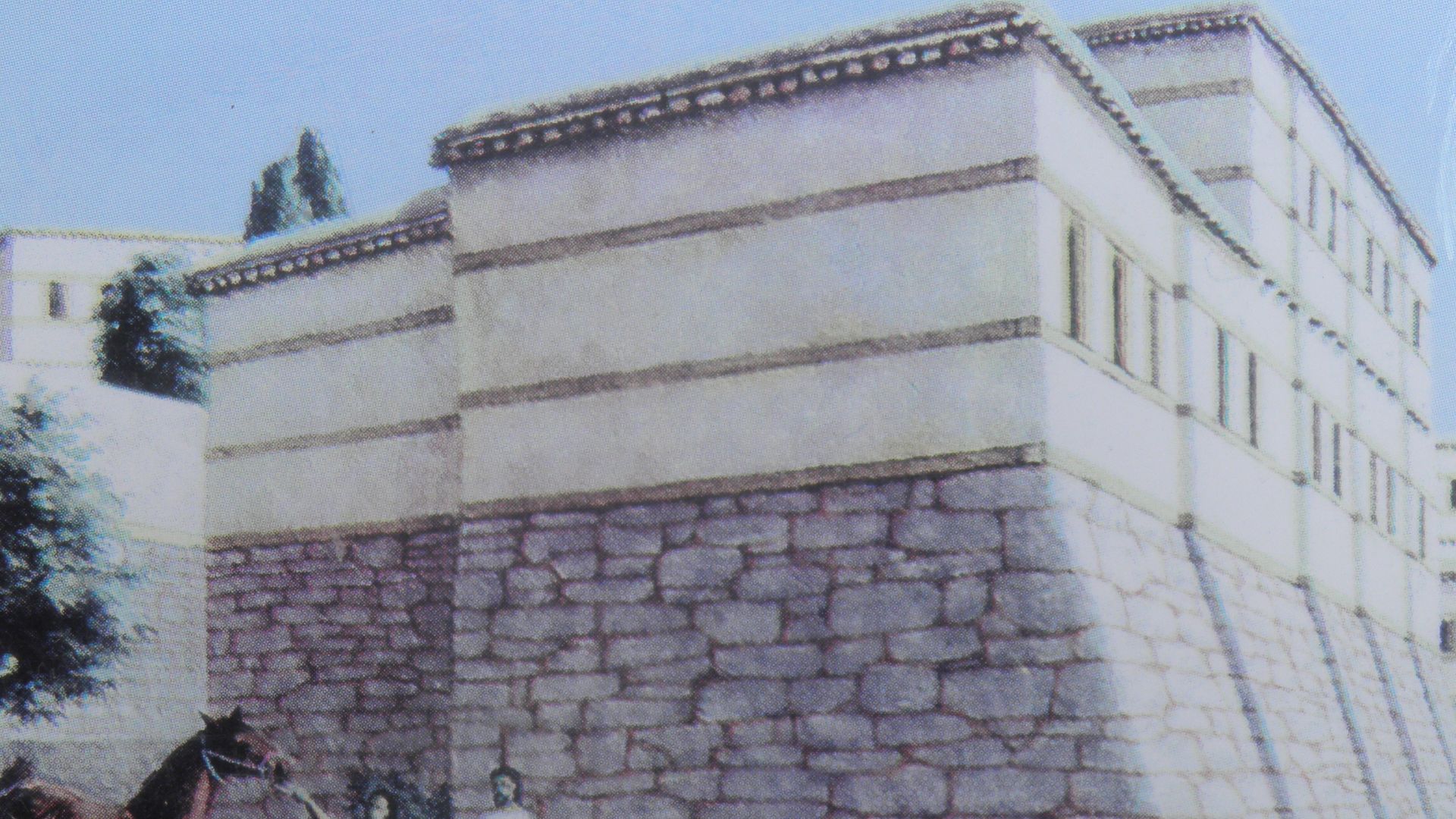 Carole Raddato from FRANKFURT, Germany, Wikimedia Commons
Carole Raddato from FRANKFURT, Germany, Wikimedia Commons
Trade Networks And Cultural Connections
The jade stone gives a trade clue; the gold brooch gives a craft clue. Together they highlight that Troy wasn't isolated. There were connections—perhaps trade via maritime or overland routes—that brought exotic materials and ideas. The craft on the brooch might reflect local tradition but could also incorporate motifs or techniques from farther afield.
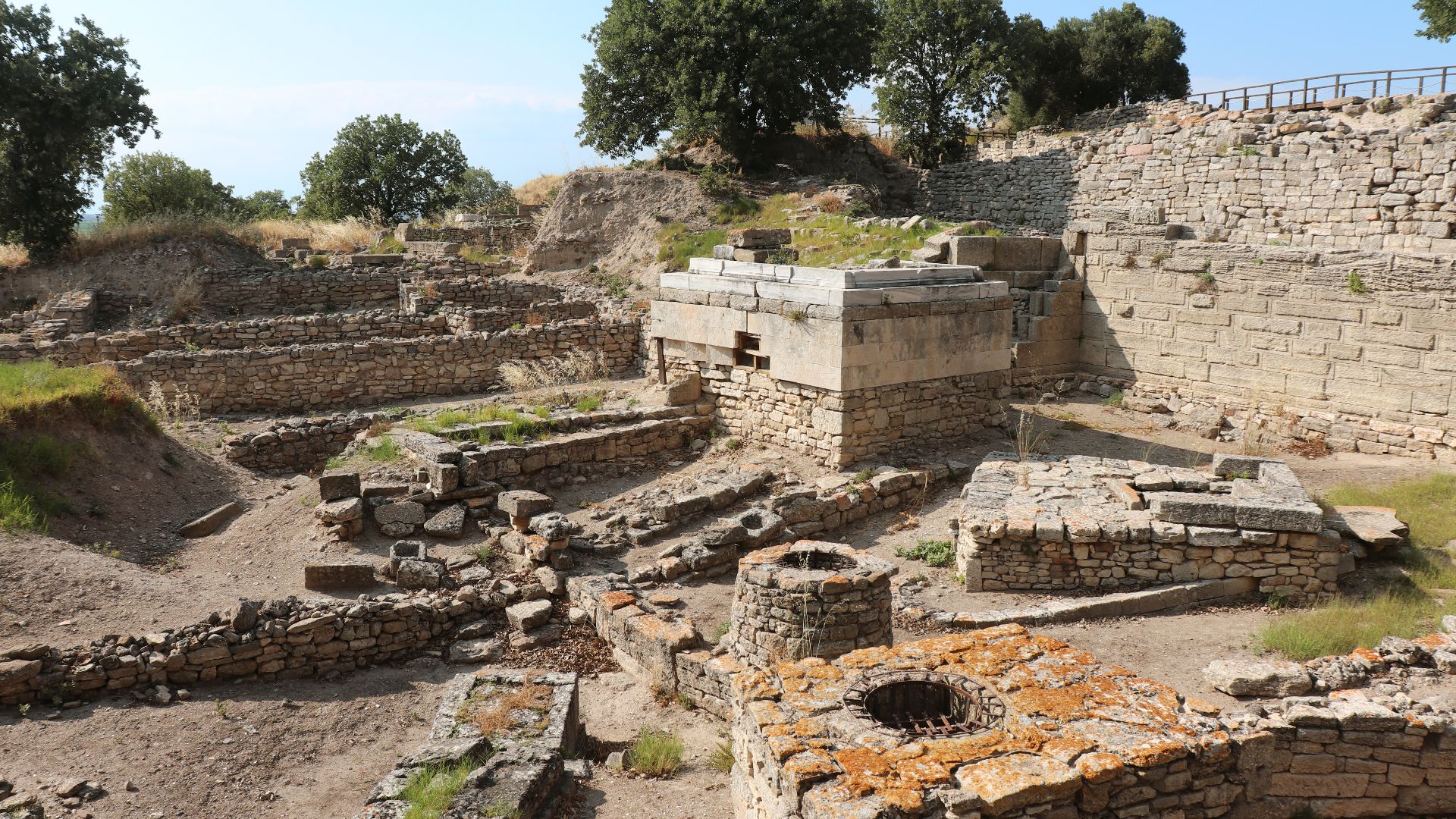 Ebru Sargın L., Wikimedia Commons
Ebru Sargın L., Wikimedia Commons
Archaeology And Chronology: Why This Matters
By refining the date of Troy II to about 2500 BCE via this find, archaeologists can correlate the site’s layers with other Anatolian, Aegean and Eastern Mediterranean sites more confidently. That connects Troy to broader Bronze Age developments—urbanism, craft specialisation, trade networks. The brooch becomes a chronological anchor.
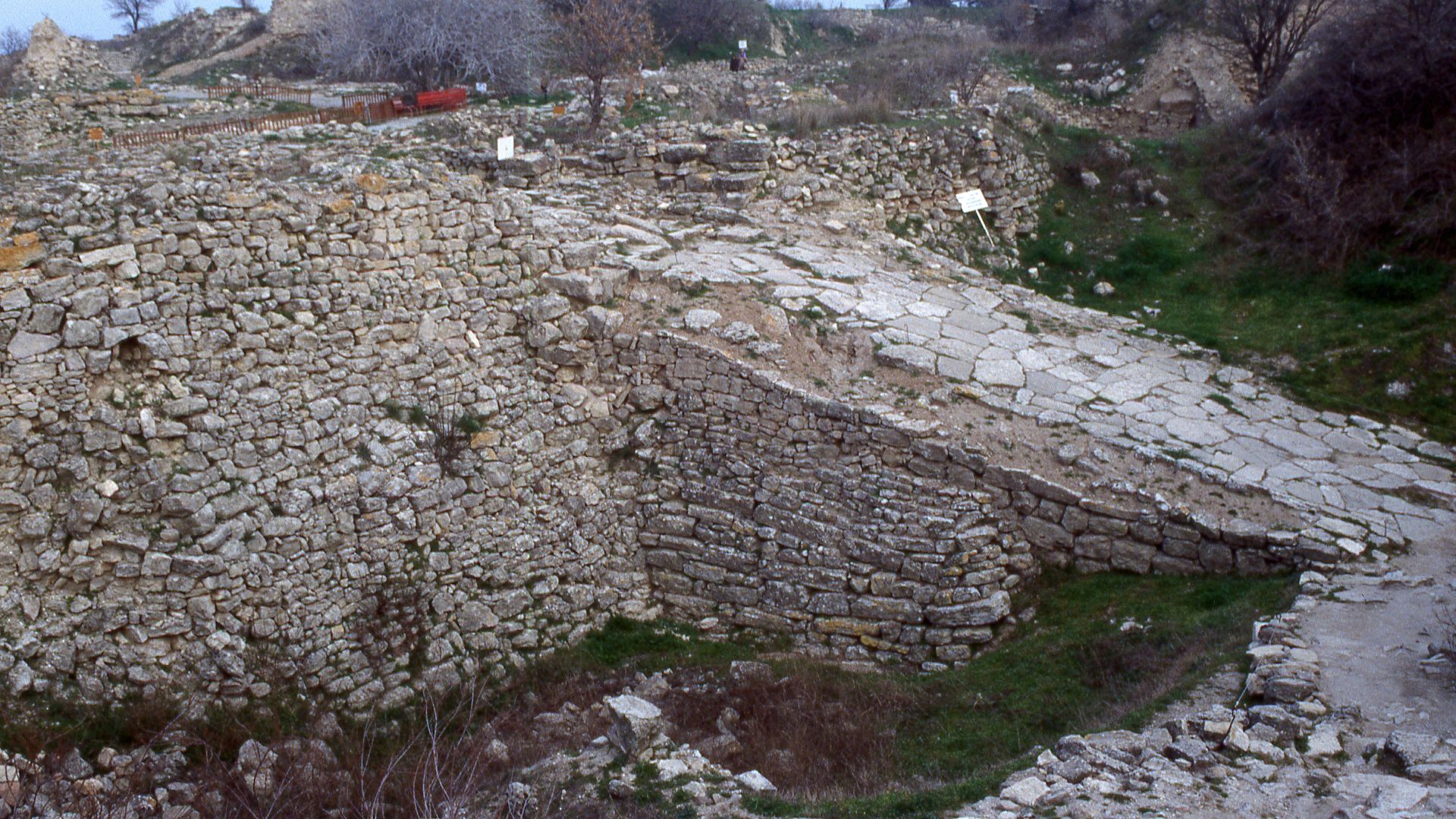 Mark Landon, Wikimedia Commons
Mark Landon, Wikimedia Commons
Future Research And Museum Display
The brooch and associated finds are destined for display at the Troy Museum near the excavation site. Future research will involve metallurgical testing to determine gold purity, isotopic sourcing of the gold, wear-patterns on the pin, micro-marks of manufacture, and comparative analysis with the other two brooches. All that will sharpen our understanding of how and where it was made.
Final Thoughts
A piece of gold no larger than your palm has done something big: it’s pushed back timelines, opened new craft histories, revealed trade networks, and brought to life an early elite society in Troy. The fact that only two other brooches like it exist in the entire world emphasises its importance—this isn’t just a jewellery find, it’s an upgrade to our Bronze Age narrative.
You May Also Like:







